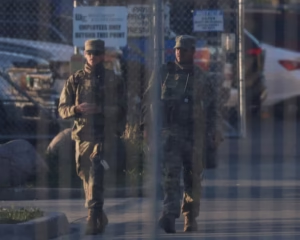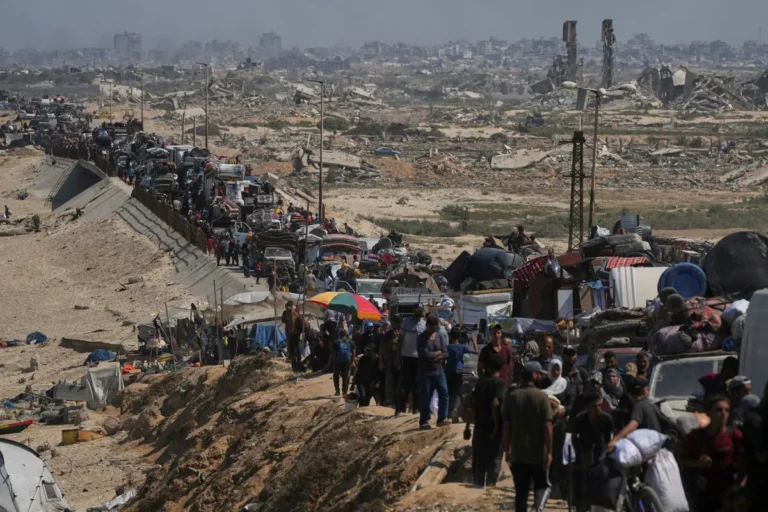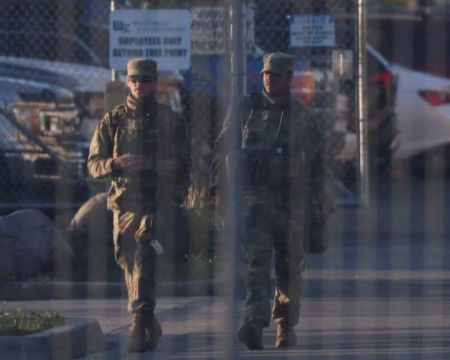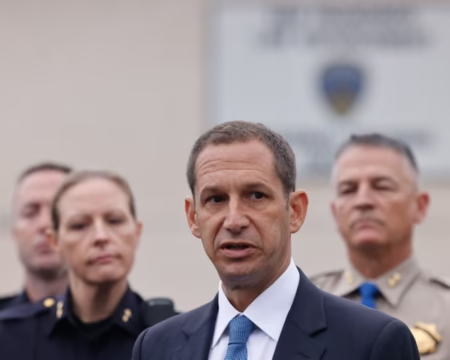Israel’s recent push deep into the center of Gaza City marks a decisive moment in its long conflict with Hamas. The move came after weeks of warnings, appeals, and international pressure aimed at forcing the militant group to surrender. Tanks and troops entered the heart of the city as diplomatic efforts continued abroad. The United States sent its secretary of state to Qatar, hoping to persuade Hamas to lay down arms in exchange for avoiding further destruction of Gaza’s largest urban center.
Gaza City once held a pre-war population of around one million people. Since Israel announced its assault early last month, about 350,000 residents have fled. Despite the growing devastation, Hamas has shown little sign of changing its position. The group has indicated it may consider another temporary ceasefire if it could trade Israeli hostages for Palestinian prisoners, but it has resisted broader demands to step down as a governing force.
Israel, backed by the United States, says it aims to end the nearly two-year war by dismantling Hamas as both an armed faction and a political authority. Officials have said they would prefer to achieve this through a negotiated surrender rather than a prolonged ground campaign. Yet they acknowledge this outcome is unlikely. Israeli military leaders have predicted that fully seizing central Gaza City, an area about one-third the size of Manhattan, could take months.
International reaction to the operation has been mixed. Many governments outside the United States have expressed outrage over the humanitarian toll and accused Israel of using excessive force. A recent United Nations-commissioned report accused Israel of committing genocide in Gaza, an allegation Israel strongly denies. So far, calls for restraint have had little effect on the ground.
Israeli Prime Minister Benjamin Netanyahu is expected to attend the United Nations General Assembly in New York next week. France and Saudi Arabia have presented a resolution urging an end to the war based on the recognition of a Palestinian state. However, few expect the proposal to gain enough support to force a breakthrough. Netanyahu’s government is focused on taking control of Gaza City and believes that eliminating Hamas’s stronghold will break the group’s resistance.
Israeli officials also hope that recent efforts to target senior Hamas figures abroad will weaken the group’s resolve. An attempted assassination of high-ranking Hamas officials in Doha last week has added to the pressure on the movement’s leadership. The government believes that the combination of direct military action and external pressure could push the remaining Hamas fighters to surrender.
If that does not happen, the outlook is grim for both Gaza and the Israeli hostages still held there. Prolonged fighting would deepen the humanitarian disaster in Gaza and further complicate efforts to rescue hostages safely. It would also risk pulling the conflict into yet another cycle of escalation, with civilian lives continuing to bear the heaviest burden.
Despite mounting global concern, there is little sign that either side is ready to shift its stance. Hamas still hopes to gain concessions through prisoner exchanges, while Israel is determined to remove the group from power entirely. The coming weeks will likely decide whether Gaza City becomes the site of Hamas’s final collapse or the start of a drawn-out urban battle.
Israel’s Gaza City sweep is a pivotal gamble. If successful, it could end Hamas’s control and reshape the region’s political landscape. If it fails, it could prolong one of the world’s most destructive modern conflicts and deepen Gaza’s humanitarian crisis. The world is watching closely as this fateful operation unfolds.







